The American West is dotted with ghost towns—once-thriving communities that boomed with mining fever and then faded when the ore ran out or the railroads moved on. These abandoned settlements tell stories of ambition, heartbreak, and the relentless pursuit of fortune that defined an entire era.
While many ghost towns have crumbled into dust, some have been preserved as living museums that capture the authentic spirit of frontier mining life. From California’s gold rush camps to Colorado’s silver boom settlements, these museums offer visitors a chance to step back into America’s mining heritage.
Here is a list of 15 ghost town museums that are keeping mining lore alive for future generations.
Bodie State Historic Park
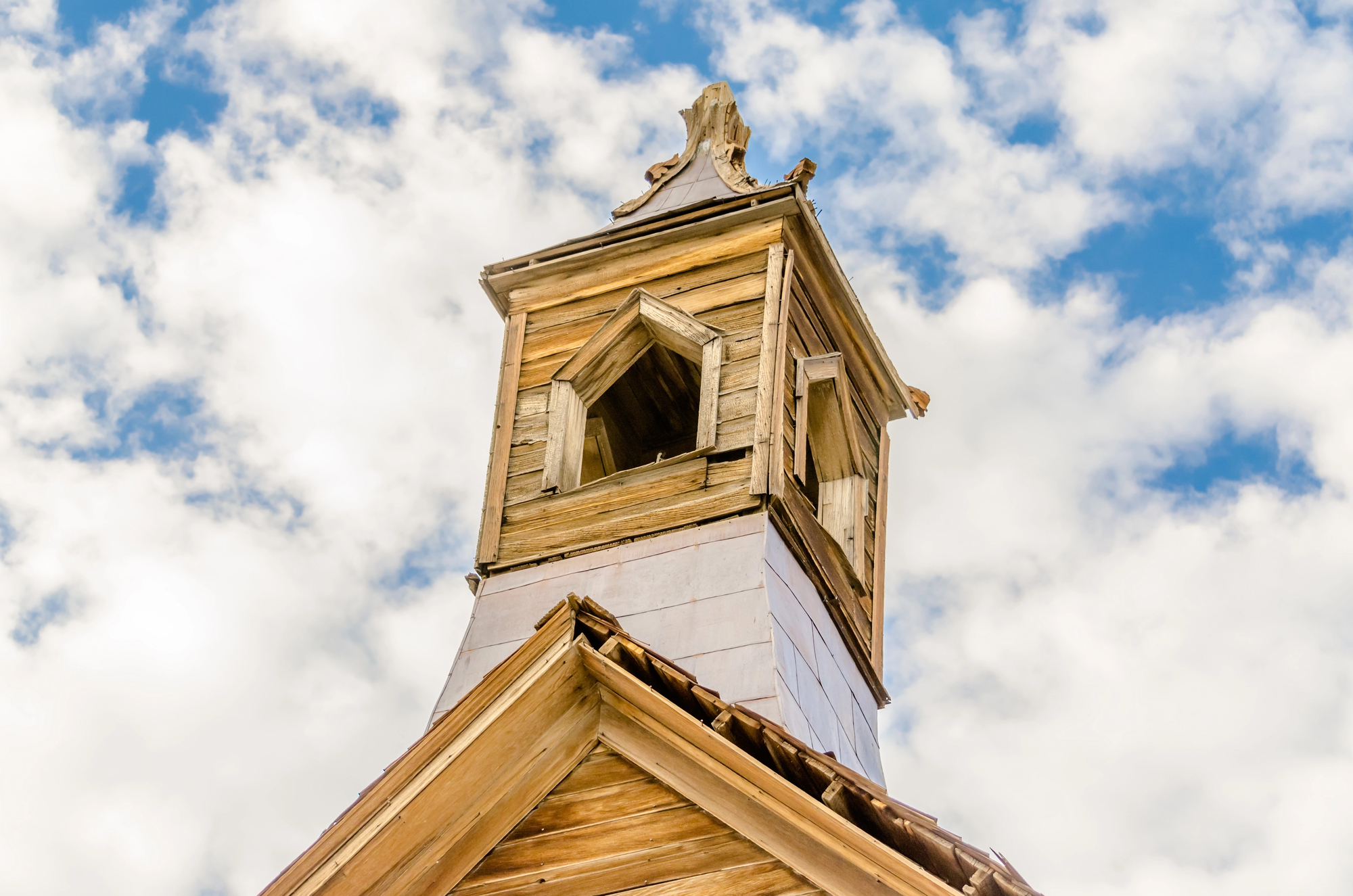
California’s Bodie represents one of the best-preserved ghost towns in America—a former gold mining camp that once housed nearly 10,000 people during its 1870s heyday. The town sits in a state of “arrested decay,” meaning structures are maintained exactly as they were found when the last residents left decades ago.
Walking through Bodie’s dusty streets feels like stepping into a time machine, with furnished homes, a schoolhouse, and even bottles still sitting on bar counters where miners left them.
Calico Ghost Town
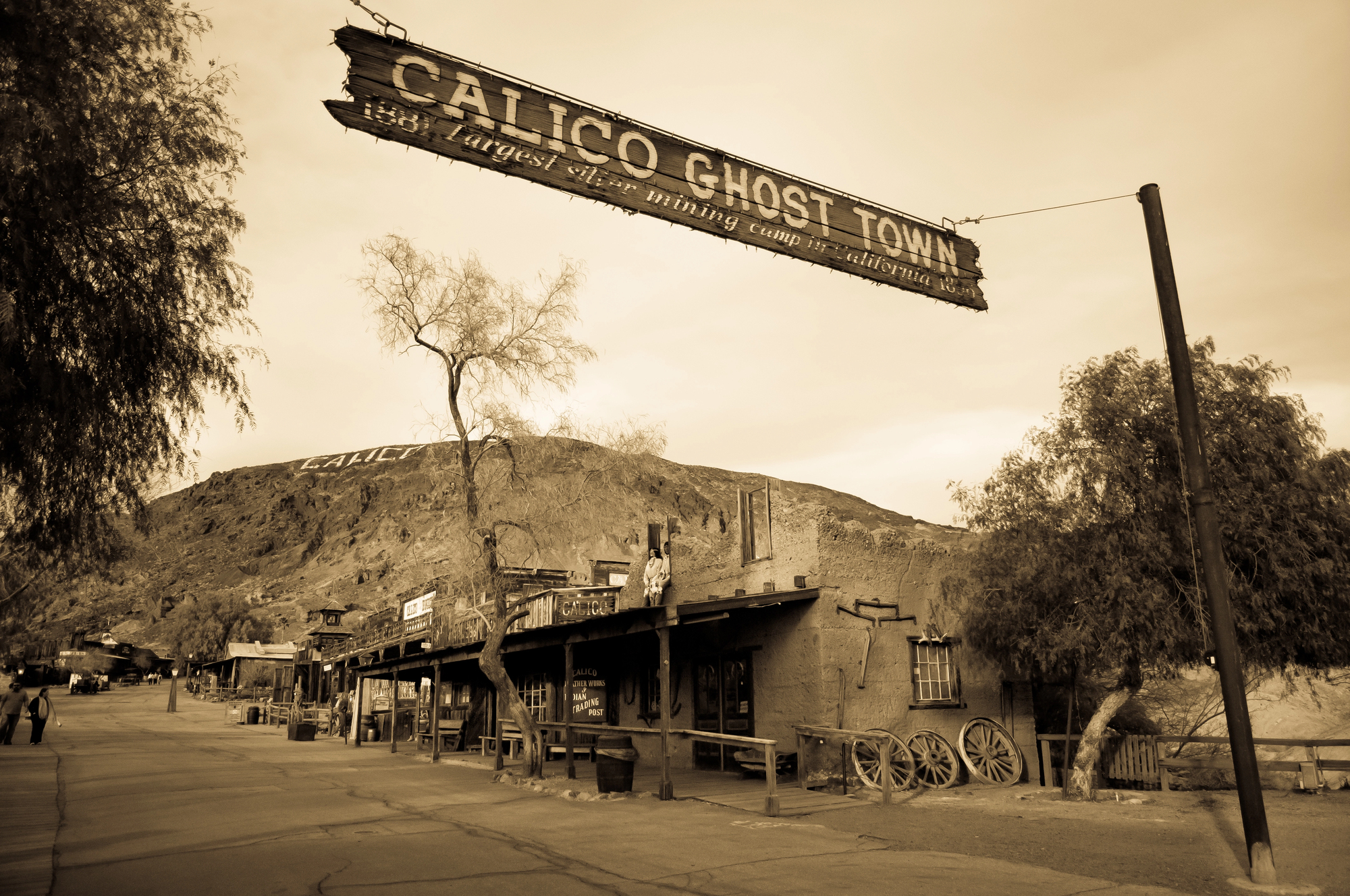
Southern California’s Calico was once a thriving silver mining town that produced over $20 million worth of ore during its peak years in the 1880s. The restored town features original buildings alongside careful reconstructions, creating an authentic Old West experience complete with mine tours and period demonstrations.
What makes Calico special is how it balances historical accuracy with family-friendly activities, letting visitors experience frontier life without sacrificing educational value.
Tombstone Historic District

Arizona’s Tombstone earned its reputation as “The Town Too Tough to Die” during the silver boom of the 1880s, though it’s probably better known for the famous gunfight at the O.K. Corral. The preserved downtown district maintains original buildings like the Bird Cage Theatre and Crystal Palace Saloon—places where miners, gamblers, and outlaws once gathered.
Today’s Tombstone blends authentic historical preservation with theatrical reenactments that bring the Wild West to life.
Like Travel Pug’s content? Follow us on MSN.
Cripple Creek Historic District
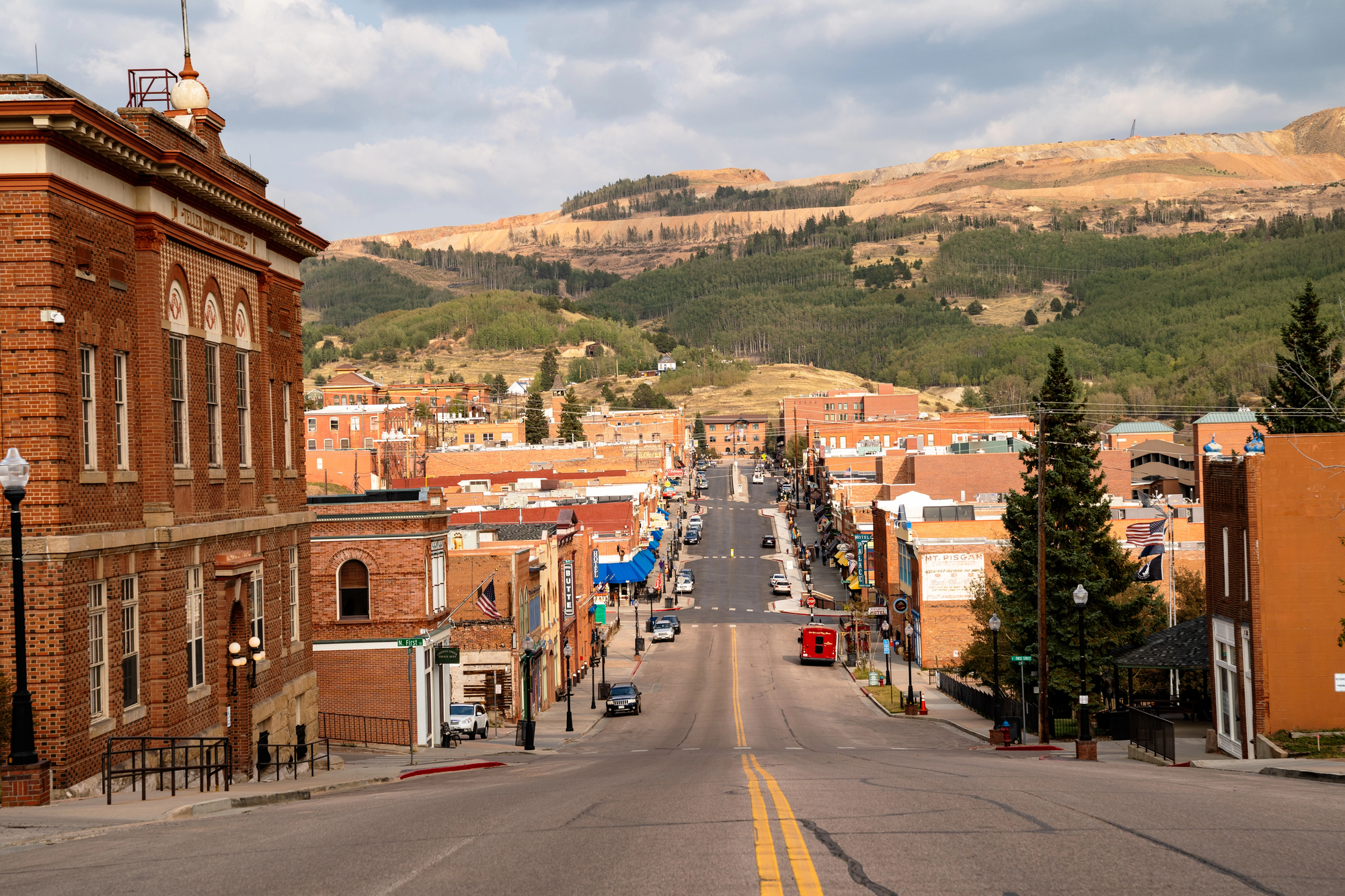
Colorado’s Cripple Creek was the site of the last major gold rush in the continental United States—producing over $500 million in gold between 1891 and 1961. The preserved district includes the Mollie Kathleen Gold Mine, where visitors can descend 1,000 feet underground to experience actual mining conditions.
The town’s museums showcase everything from mining equipment to the elegant Victorian homes that successful mine owners built during the boom years.
Virginia City Historic District

Nevada’s Virginia City sits on the famous Comstock Lode—the richest silver deposit ever discovered in America, which produced over $400 million in precious metals during the 1800s. The preserved town features dozens of original buildings, including the territorial courthouse and several operating saloons that still serve drinks to modern visitors.
What’s remarkable is how Virginia City maintains its authentic character while operating as a living community rather than just a tourist attraction.
Bannack State Park

Montana’s Bannack was the territory’s first major gold discovery site—a place where prospectors found gold in Grasshopper Creek and started a rush that would define the region’s history. The preserved town includes over 60 original structures, from the territorial governor’s mansion to humble miners’ cabins, that show the stark economic differences of frontier life.
Bannack operates as a true ghost town museum, with no modern residents or commercial development to break the historical spell.
Like Travel Pug’s content? Follow us on MSN.
Goldfield Ghost Town
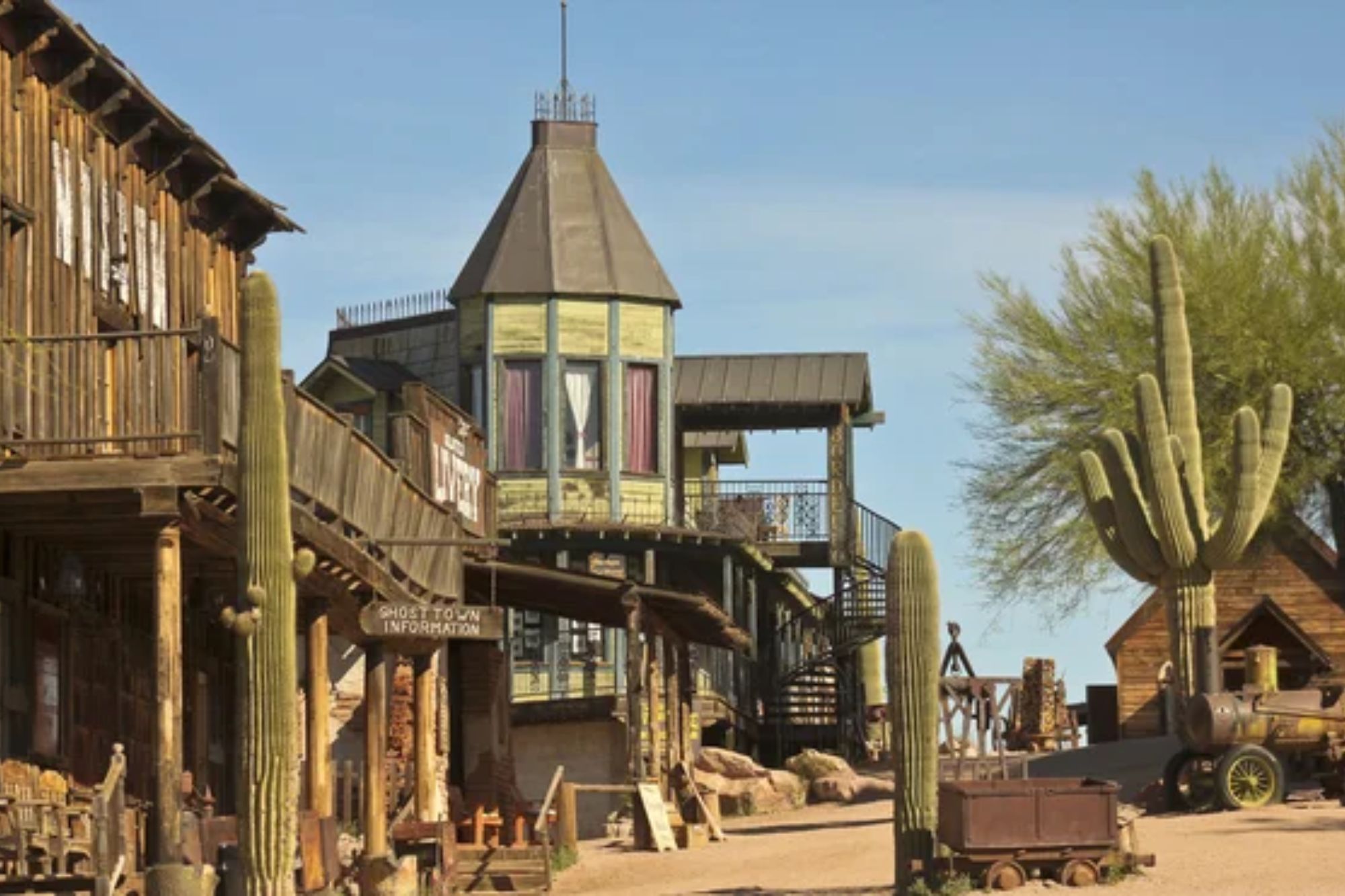
Arizona’s Goldfield represents a different kind of mining story—a town that boomed in the 1890s, died out, and then was carefully reconstructed as a historical attraction. The site includes a working narrow-gauge railroad, authentic mine tours, and demonstrations of period mining techniques that help visitors understand the backbreaking work involved in extracting gold from desert mountains.
The reconstructed buildings use original materials and construction methods wherever possible.
South Pass City
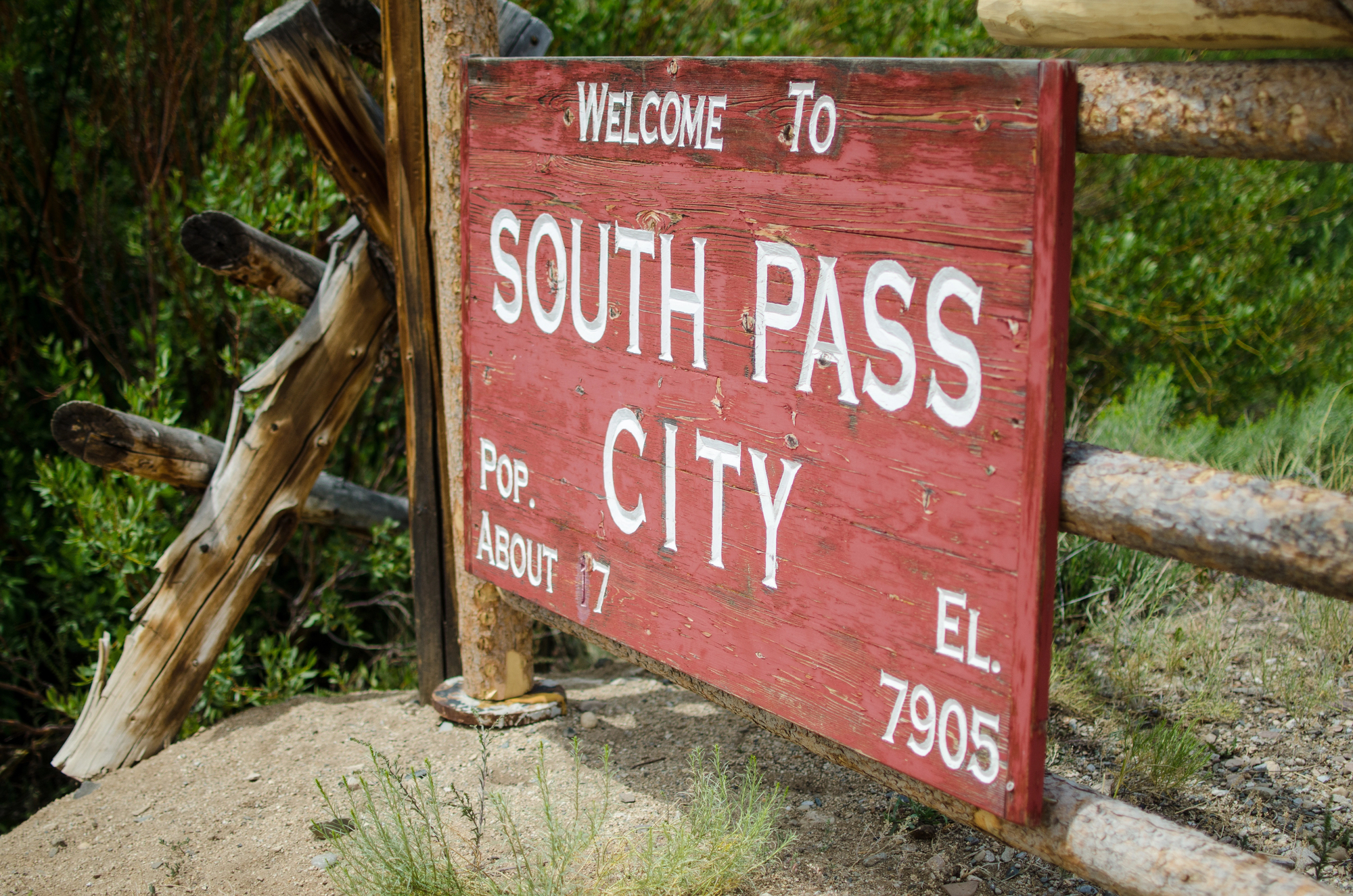
Wyoming’s South Pass City played a crucial role in western expansion, serving as both a mining camp and a waypoint on the Oregon Trail during the 1860s gold rush. The preserved town includes over 30 original buildings, from the general store to the schoolhouse where Esther Hobart Morris became one of America’s first female justices of the peace.
This site tells the broader story of how mining camps often became centers of social and political innovation.
Garnet Ghost Town
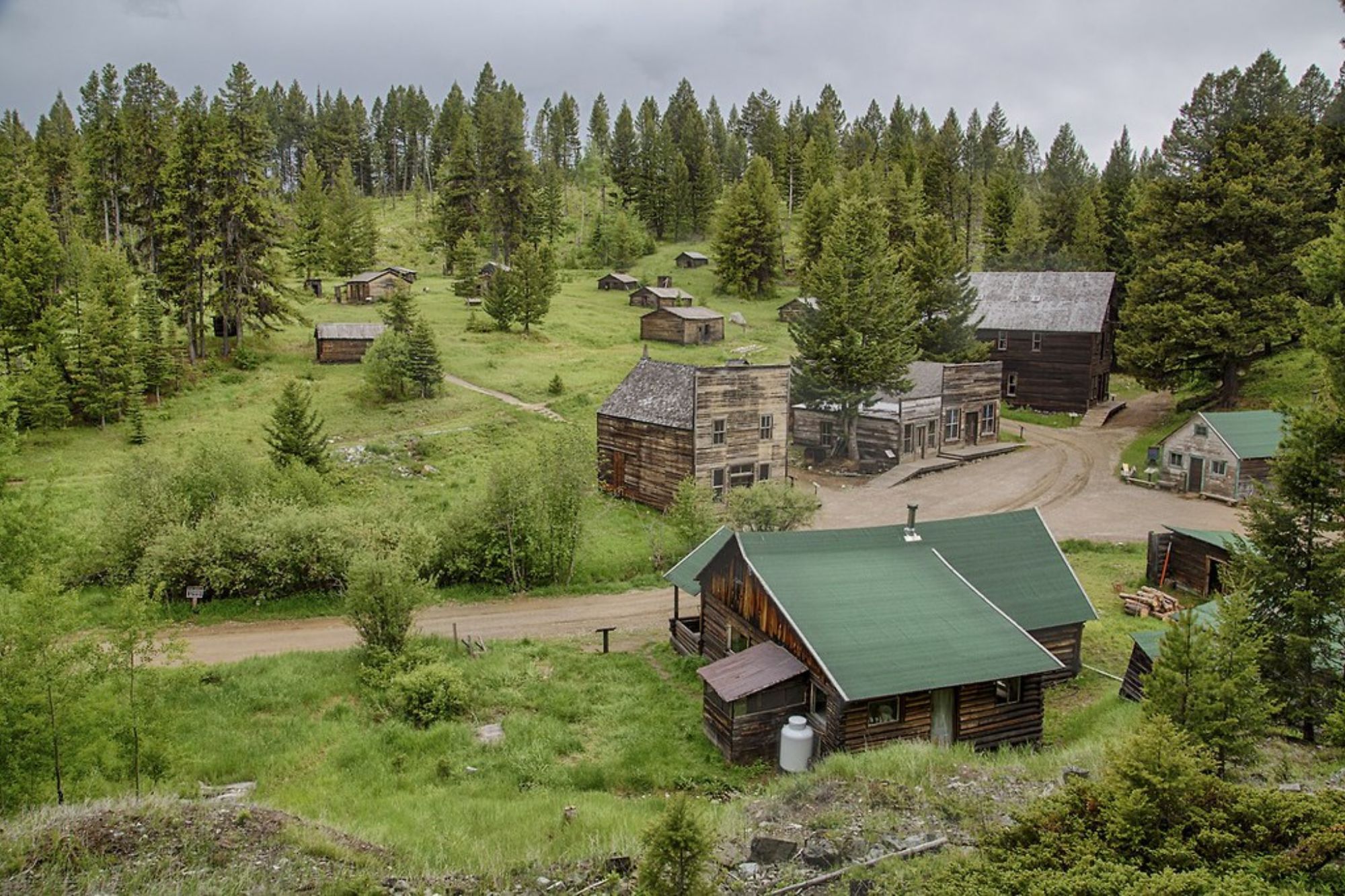
Montana’s Garnet offers one of the most authentic ghost town experiences in the West—a place where visitors can actually stay overnight in restored miners’ cabins during summer months. The town peaked in the 1890s with about 1,000 residents mining gold and silver from the surrounding hills, though today only a few dozen buildings remain standing.
What makes Garnet special is its remote location and minimal development, preserving the isolation that defined so many mining communities.
Like Travel Pug’s content? Follow us on MSN.
St. Elmo
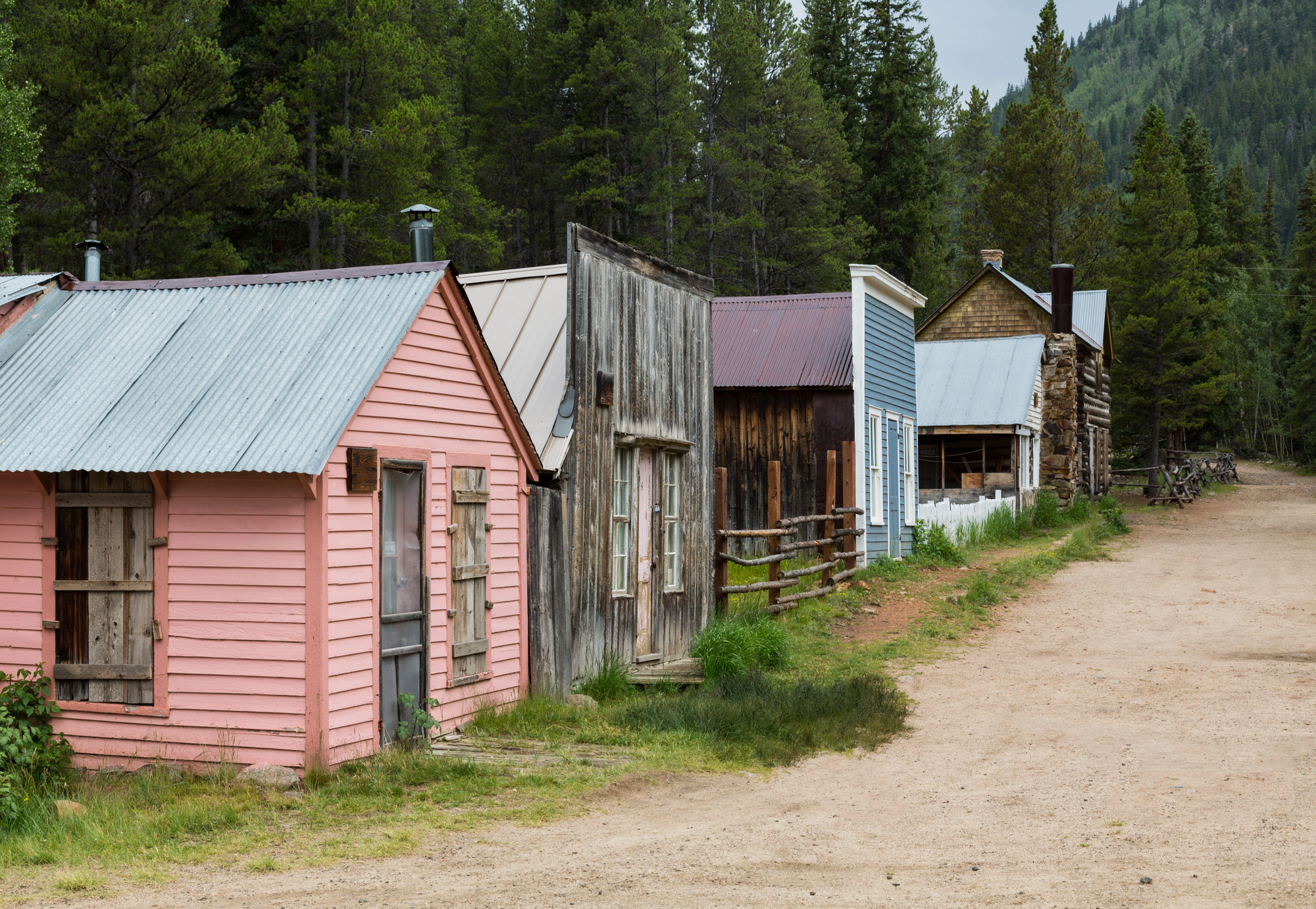
Colorado’s St. Elmo sits at 10,000 feet elevation, a former mining town that once supported nearly 2,000 residents during the silver boom of the 1880s. The preserved main street includes original buildings like the general store, town hall, and several homes that show how families lived in these high-altitude mining camps.
The town’s dramatic mountain setting helps visitors understand why miners were willing to endure such harsh conditions for the chance of striking it rich.
Rhyolite Ghost Town
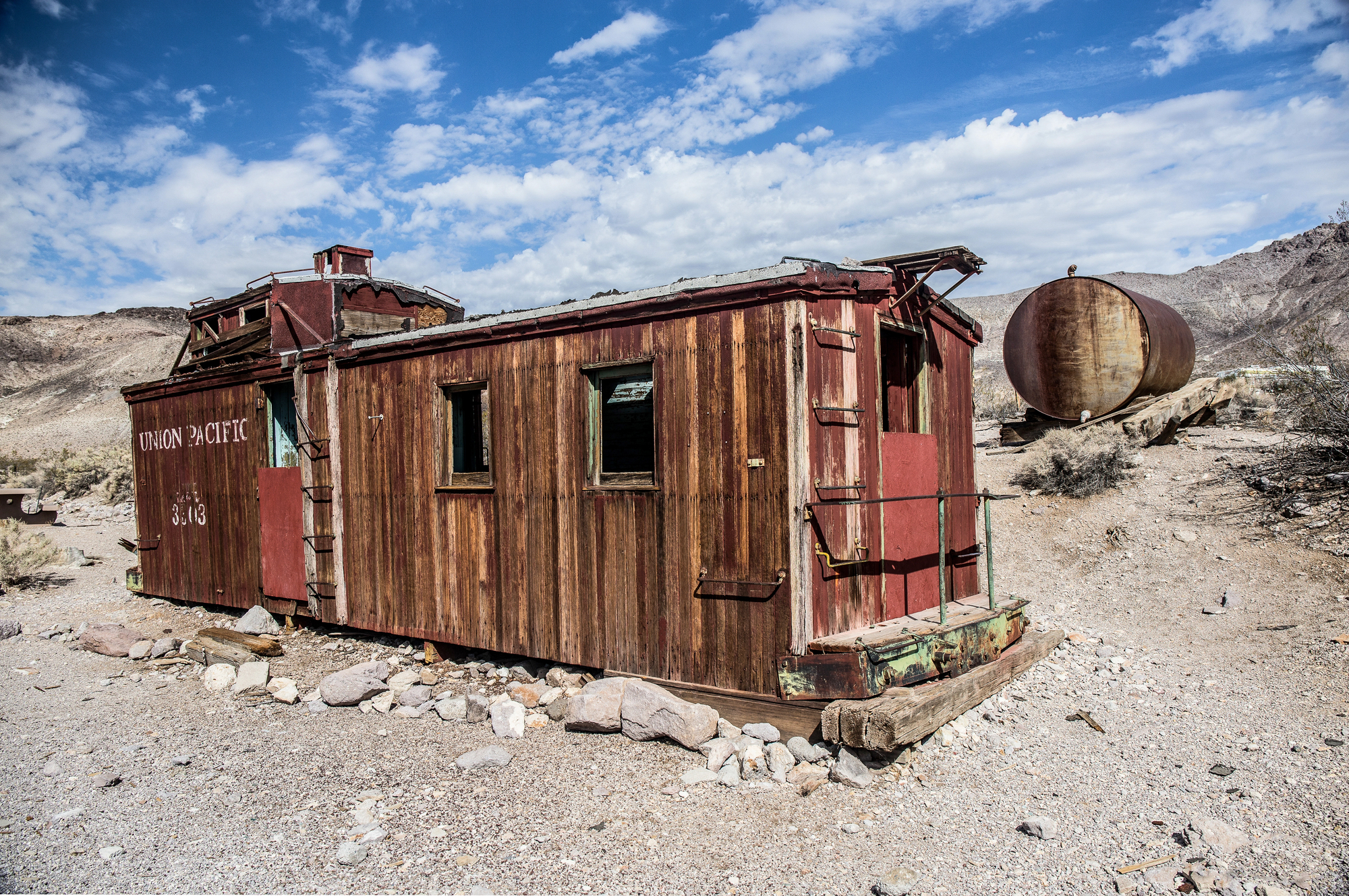
Nevada’s Rhyolite represents the boom-and-bust cycle of western mining in a dramatic fashion. The town grew from nothing to 5,000 residents in just three years during the early 1900s gold rush, complete with electric lights, telephone service, and even an opera house.
Today, only concrete ruins and a few restored buildings remain, but they tell the story of how quickly fortunes could change in a mining country.
Cerrillos Hills Historic Park
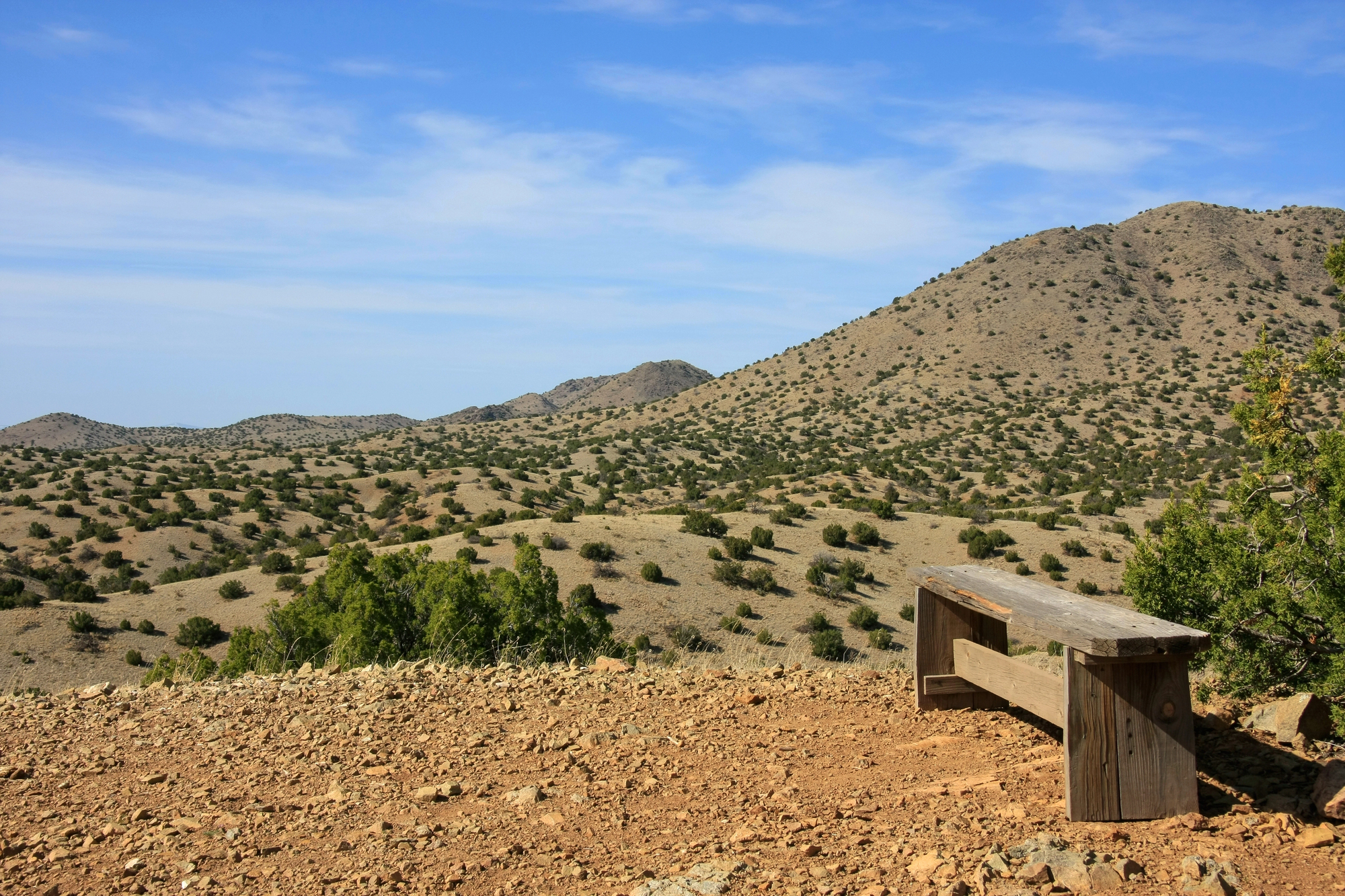
New Mexico’s Cerrillos preserves a mining district that spans over 1,000 years of extraction history, from ancient turquoise mining by Native Americans to 19th-century coal and silver operations. The museum complex includes mining equipment displays and restored buildings that show how different cultures approached mineral extraction in the same location.
This site offers a unique perspective on how mining shaped the Southwest long before European settlement.
Like Travel Pug’s content? Follow us on MSN.
Barkerville Historic Town
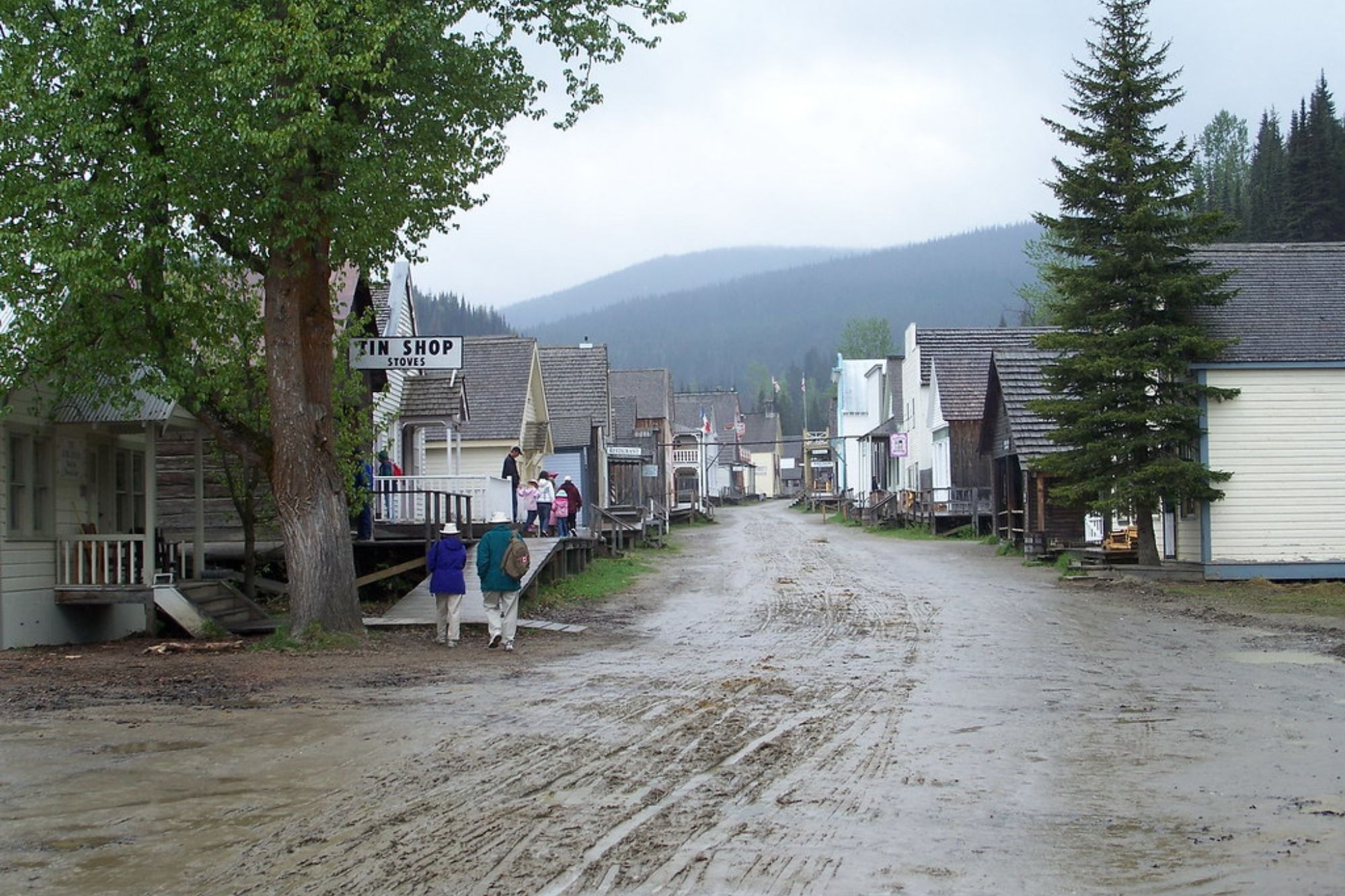
British Columbia’s Barkerville was the largest city west of Chicago during the 1860s Cariboo Gold Rush, with over 10,000 residents seeking their fortunes in the Canadian wilderness. The preserved town features over 125 buildings, including working businesses like a bakery and blacksmith shop that demonstrate frontier crafts.
Costumed interpreters help visitors understand daily life in a mining camp where winter temperatures could drop to -40 degrees.
Sovereign Hill

Australia’s Sovereign Hill recreates the 1850s gold rush town of Ballarat, where visitors can pan for gold, explore underground mines, and watch demonstrations of period mining techniques. The museum town includes over 60 replica buildings based on historical photographs and archaeological evidence.
While technically a recreation rather than a preserved ghost town, Sovereign Hill offers an incredibly detailed look at how gold rush communities functioned.
Leadville Historic District

Colorado’s Leadville earned its name from the lead carbonate ore that made it one of the most important mining centers in the American West during the 1870s and 1880s. The preserved district includes the National Mining Hall of Fame and Museum, along with original buildings like the Tabor Opera House, where wealthy mine owners entertained themselves during boom times.
At 10,152 feet elevation, Leadville shows how miners pushed themselves into increasingly challenging environments in search of precious metals.
Like Travel Pug’s content? Follow us on MSN.
Where Fortunes Were Won and Lost

These ghost town museums preserve more than just buildings and mining equipment—they capture the dreams, struggles, and determination of people who believed they could strike it rich in some of the most remote and challenging places on Earth. Each site tells a story of communities that appeared almost overnight, flourished briefly, and then faded when the ore played out or economic conditions changed.
Yet these places shaped American character in profound ways, creating legends of self-reliance and opportunity that still resonate today. As you walk through these preserved streets and peer into abandoned buildings, you’re experiencing the authentic remnants of an era when the promise of buried treasure could transform entire landscapes and the people brave enough to chase those dreams.
More from Travel Pug

- Cities Growing so Fast You Won’t Recognize Them in 10 Years
- 13 Destinations Where Tourists Regularly Regret Their Trip
- 16 U.S. Cities That Are Quietly Becoming Travel Hotspots
- Where to Travel If You Love Long Bus Rides and Daydreams
- 20 Cities Perfect for Solo Travelers Who Crave Adventure & Culture
Like Travel Pug’s content? Follow us on MSN.
